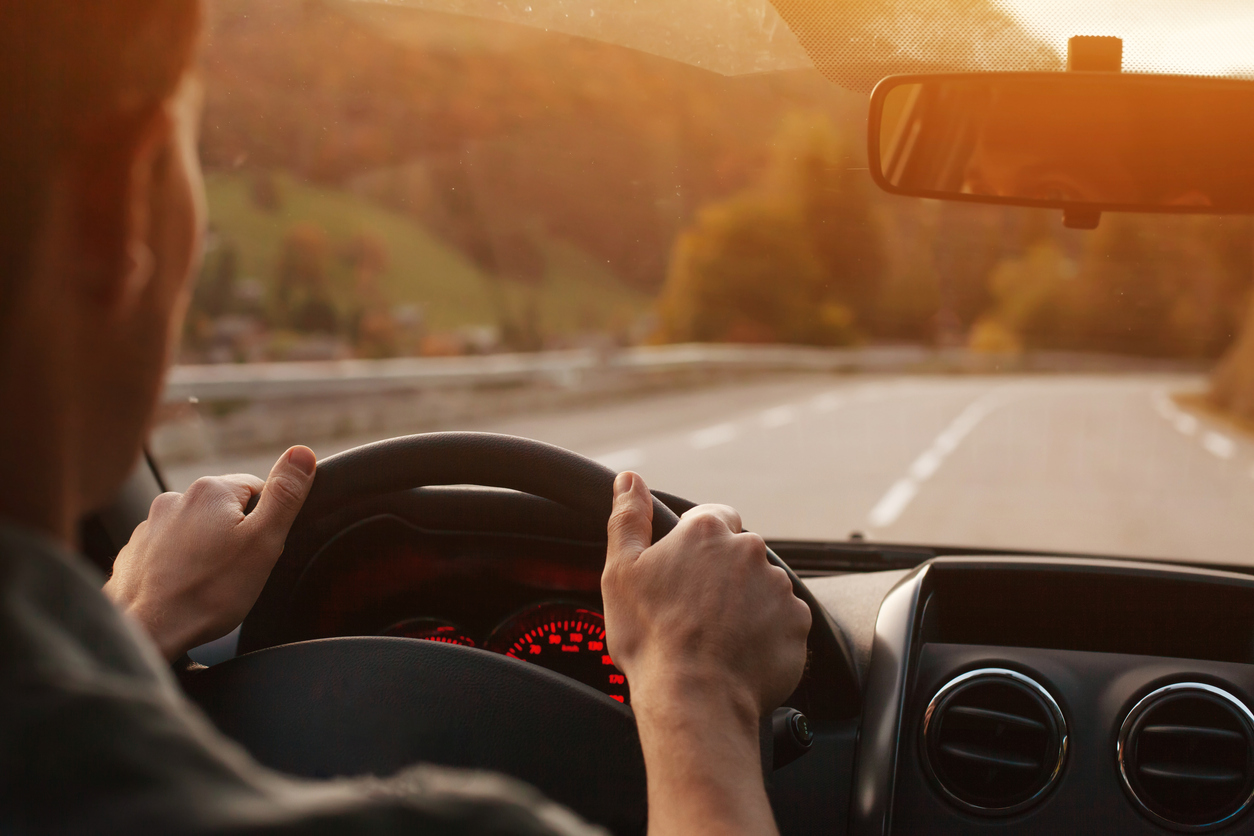Salt Lake City Road Safety Overview

Road safety in Salt Lake City has long been a concern. With the city growing so quickly, it’s seeing a lot more traffic on the roads. Drivers, cyclists, and pedestrians all face unique risks. Understanding common hazards, prime accident areas, and safety measures can help reduce injuries and fatalities on the road.
Common Causes of Road Accidents
Many car accidents in Salt Lake City, UT come down to human error. Distracted driving, speeding, and impaired driving are some of the leading causes both within the city and nationwide. Texting, adjusting GPS navigation apps, and even eating lunch on the go can take a driver’s attention away from the road just long enough to cause a serious accident.
Some drivers simply go too fast, especially on I-15 and I-80, where higher speed limits can tempt people to push their luck. Bad weather only makes things worse. Ice and snow turn roads into skating rinks, yet some drivers act like it’s still a clear summer day.
Even though there are laws against driving under the influence of alcohol or drugs, it continues to be a major problem in Salt Lake City. Even some prescription medications and over-the-counter drugs can slow a driver’s reaction time and impair their judgment.
Dangerous Areas in Salt Lake City
Certain parts of Salt Lake City see more crashes than others. Busy intersections like I-15, 700 East, and 2100 South are hotspots for accidents. High-traffic roads such as Redwood Road and Bangerter Highway also experience frequent problems due to congestion and high speed limits.
The downtown area poses unique risks for people traveling by bike and on foot. Many drivers ignore crosswalks, and others turn right on red lights without looking first. The hectic mix of cars, trucks, motorcycles, scooters, bicycles, and foot traffic creates an environment where one small mistake can send someone to the emergency room.
Weather Impacts on Road Safety
Utah’s weather is unpredictable, and Salt Lake City drivers deal with it all—rain, snow, ice, and fog. Winter storms make the roads slick, and black ice can easily catch drivers off guard. Oil buildup on the pavement mixes with water to create slippery conditions. Even a light drizzle can become treacherous when drivers aren’t paying attention.
When the weather takes a turn for the worst, drivers should slow down, keep more distance between themselves and other cars, and stay alert for sudden changes. Simple precautions can mean the difference between a safe trip and not making it home at all.
Pedestrian and Cyclist Safety
More people have started getting around the city by walking or riding a bike. While these are healthier and more sustainable ways to travel, they also present more occasions for accidents.
Pedestrians should always use crosswalks. Even then, however, they’re not guaranteed to be safe. All it takes is one driver who’s busy looking down at their phone to have a potentially deadly accident. There’s not much pedestrians can do about that, but wearing bright clothing and paying attention to traffic movements can help reduce the risk of getting hit.
Meanwhile, cyclists face threats in the form of inattentive drivers, poorly marked bike lanes, and car doors that open suddenly. They can make use of helmets, lights, hand signals, and defensive riding tactics to improve their safety.
Drivers are supposed to pay attention to bike riders and give them ample space, but just like with pedestrians, some people assume they own the roads and ignore traffic laws.
Legal Options for Accident Victims
Accidents can happen in a flash when someone is distracted or acts recklessly behind the wheel. When they do, victims may face medical bills, lost time from work, and physical and emotional pain. Thankfully, Utah state law allows these individuals to seek compensation from negligent drivers to aid in their recovery.
